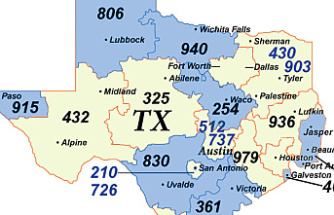For diehard Orioles fans everywhere, the season started this month when pitchers and catchers reported to spring training. Soon, all the birds will be back together to throw, catch, run and hit. While I must confess I am not much of a sports fan, I am looking forward to taking in a few games this season with my family, if only to see the spectacle of a group of men doing something that baffles many scientists: hitting a 90 mile an hour fastball.
More than a few scientists — mostly cognitive psychologists who study mental processes and biological psychologists who study the mind-body connection — have been caught up in trying to untangle the mystery of major league hitting for decades. And more than any other group, these professionals seem to appreciate just how difficult a mental exercise it is.
The challenge starts with the fact that the ball is thrown very fast. How fast varies from pitcher to pitcher, but a few modern pitchers have fastballs that travel above 100 miles an hour. The second difficulty is that the ball is very small. Regulation balls are only about 9 inches in circumference; this makes it very hard to see — a fact that you can appreciate watching from the stands where the ball is nearly invisible once it leaves the pitcher's hand. From the perspective of the batter, the ball cannot be visually tracked once it is about 5.5 feet from of the plate, at which point the ball moves faster than a player can move his eyes. Of course, if you can't see a small ball moving quickly it becomes very difficult to hit it with a wooden stick that is only about 2-1/2 inches wide.
In fact, because the ball moves faster through the air than the bat can swing down from the batter's shoulder and across the plate, a batter must begin his swing almost before the ball leaves the pitcher's hand. If a batter starts too late or too soon, the ball will foul off. If the batter swings a fraction of an inch too low, the ball will pop up and make for an easy out. If the batter swings a fraction of an inch too high, the ball will shoot down and bounce off the plate. One scientist measured that a batter has only about 125 milliseconds to decide when to swing (a blink takes 300 milliseconds), what speed the ball will be traveling at, and where to put the bat over the plate to make contact. If a batter changes his mind he has only 50 milliseconds to check his swing. Near as scientists can tell, the Adam Joneses and Manny Machados of the world are able to read the motions of the pitcher and to anticipate where the ball will be without even really seeing it.
Of course baseball is an arms race of sorts. Batters learn to anticipate pitches, and pitchers have learned to use new pitches to keep them guessing. The best change-ups look just like fastballs from the perspective of the batter but travel more slowly. Curveballs travel more slowly too, and, because of the change in speed, a visual illusion makes the batter see the ball appear to curve to a much greater degree than it actually does.
Last year, as a club, the Orioles batting average was .256, meaning that there was a successful hit about every four at bats. It was not a bad year for "our guys." Their club average was identical to the World Series Champions, the long-suffering Chicago Cubs. However, the fact that any person on the planet can hit a baseball thrown at an average speed of 90 miles an hour — let alone in a quarter of all at bats — is truly amazing.
D. Ryan Schurtz is an assistant professor in the psychology department of Stevenson University. His email is dschurtz@stevenson.edu.
Our editors found this article on this site using Google and regenerated it for our readers.












